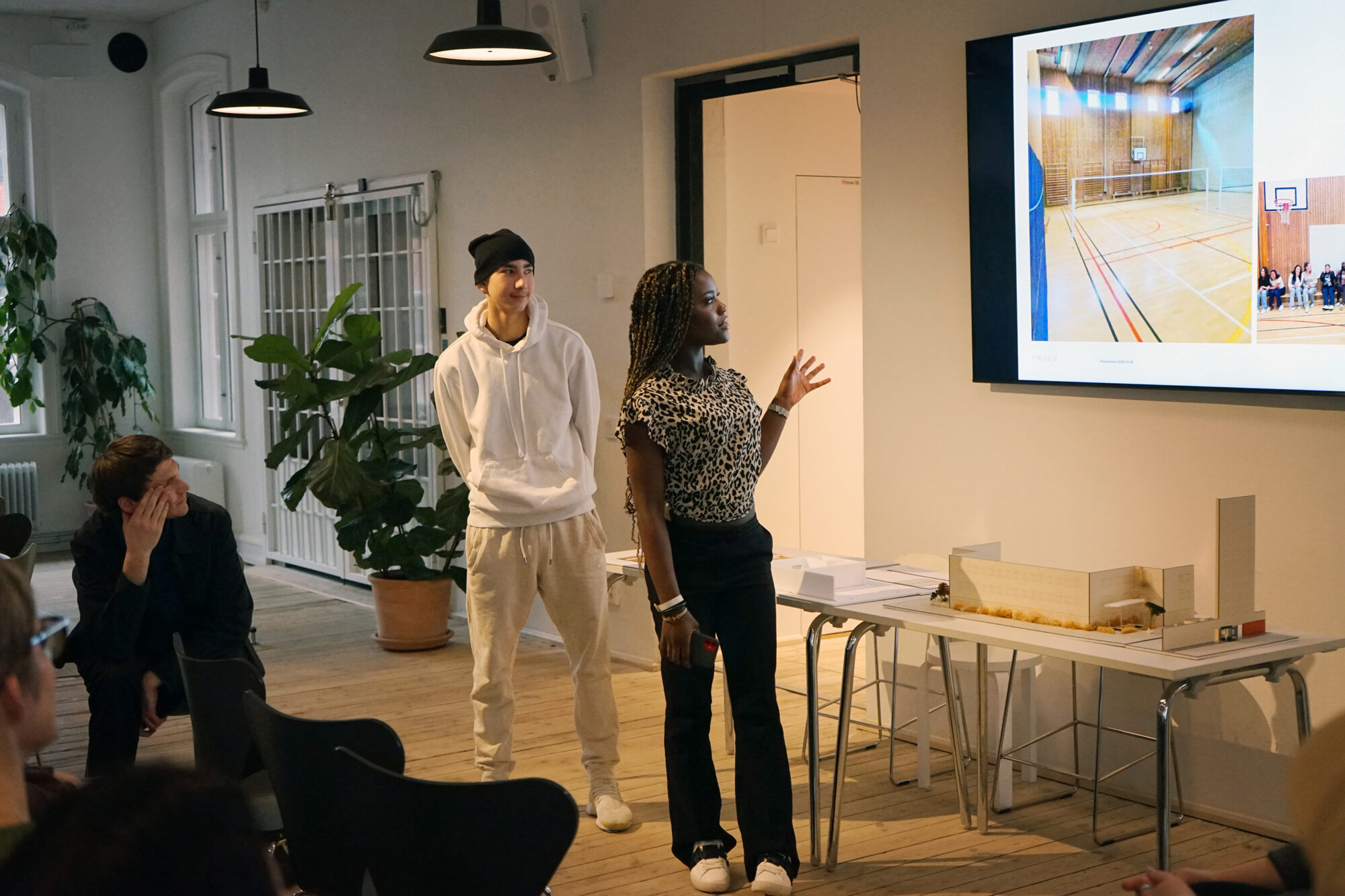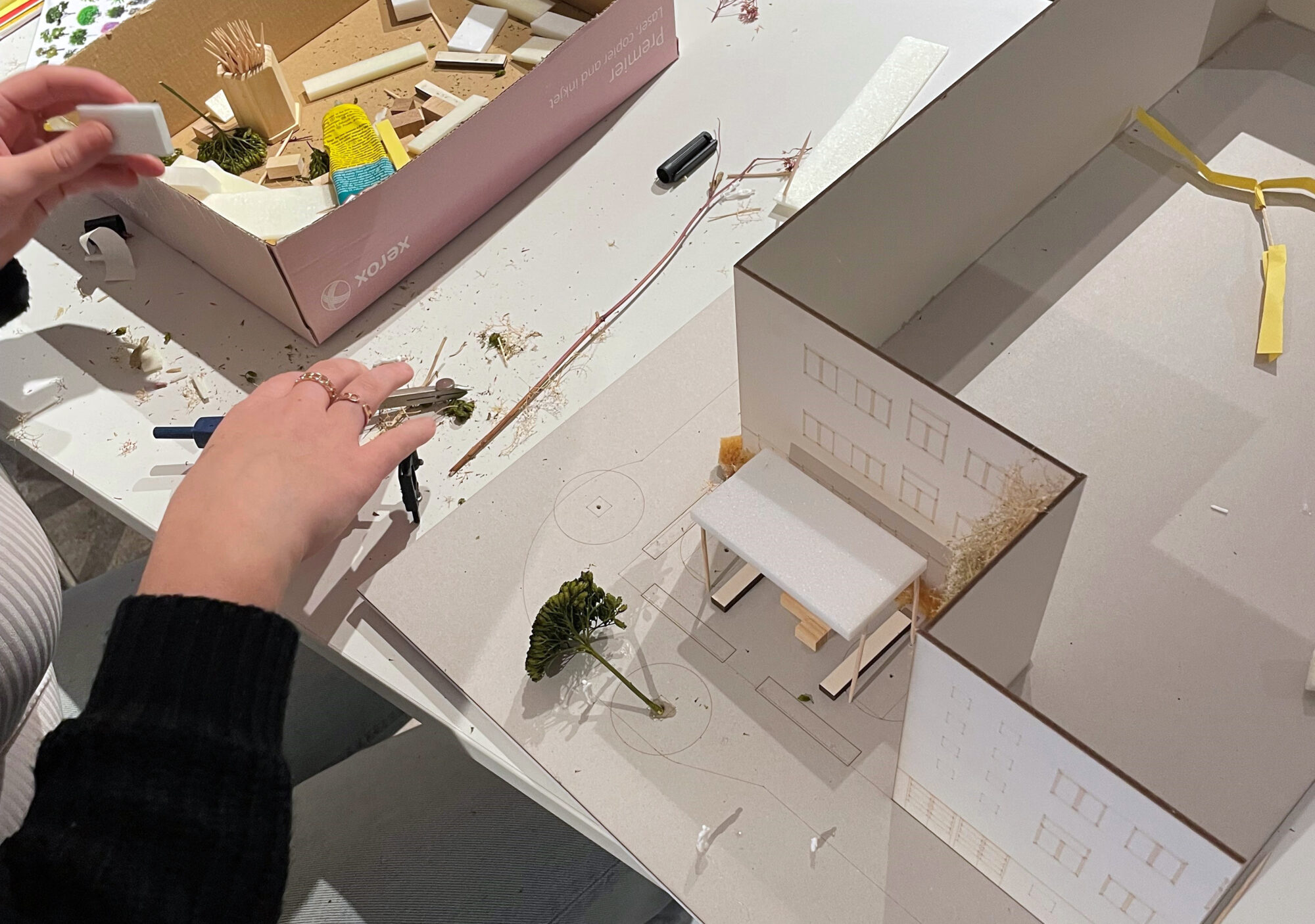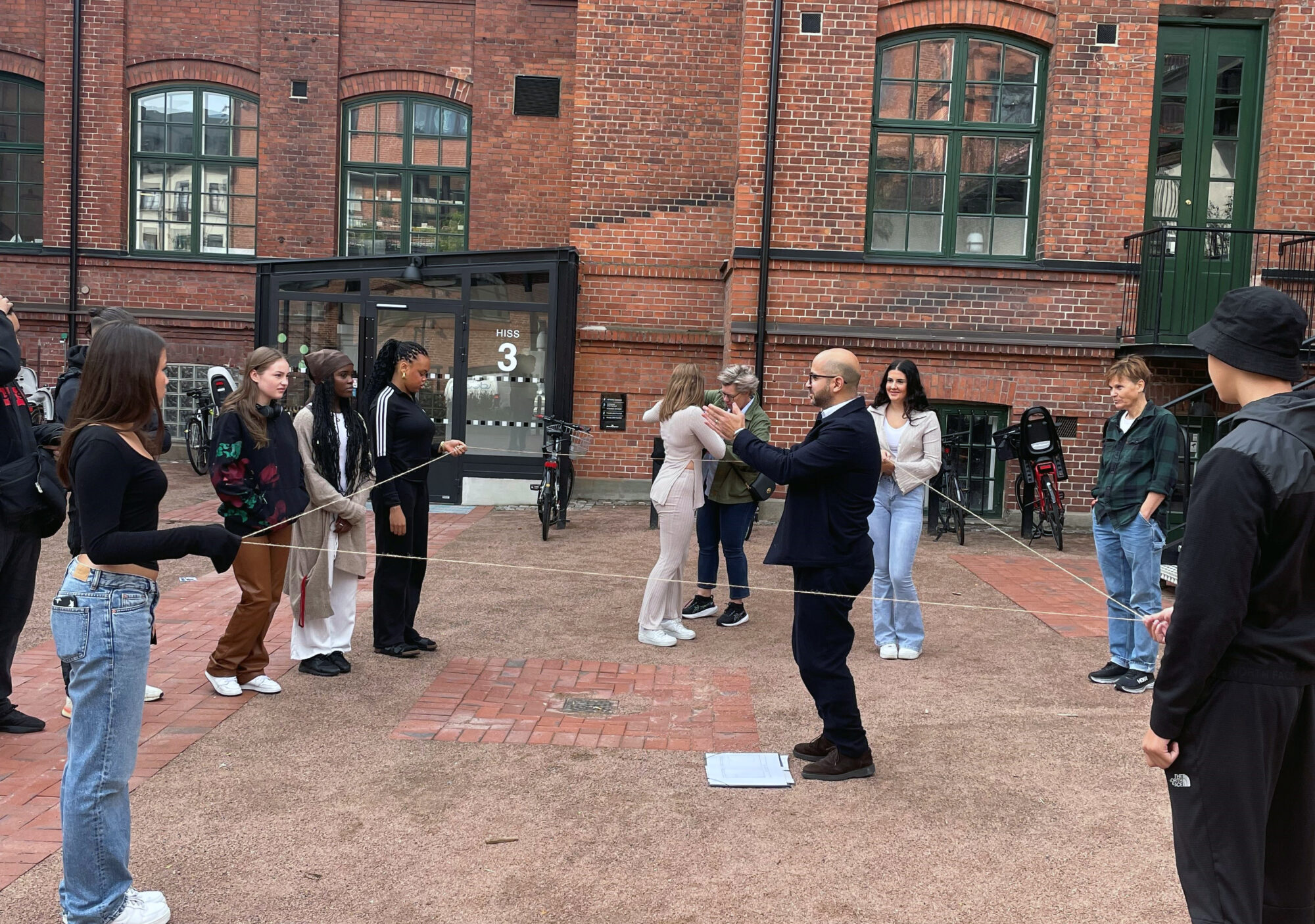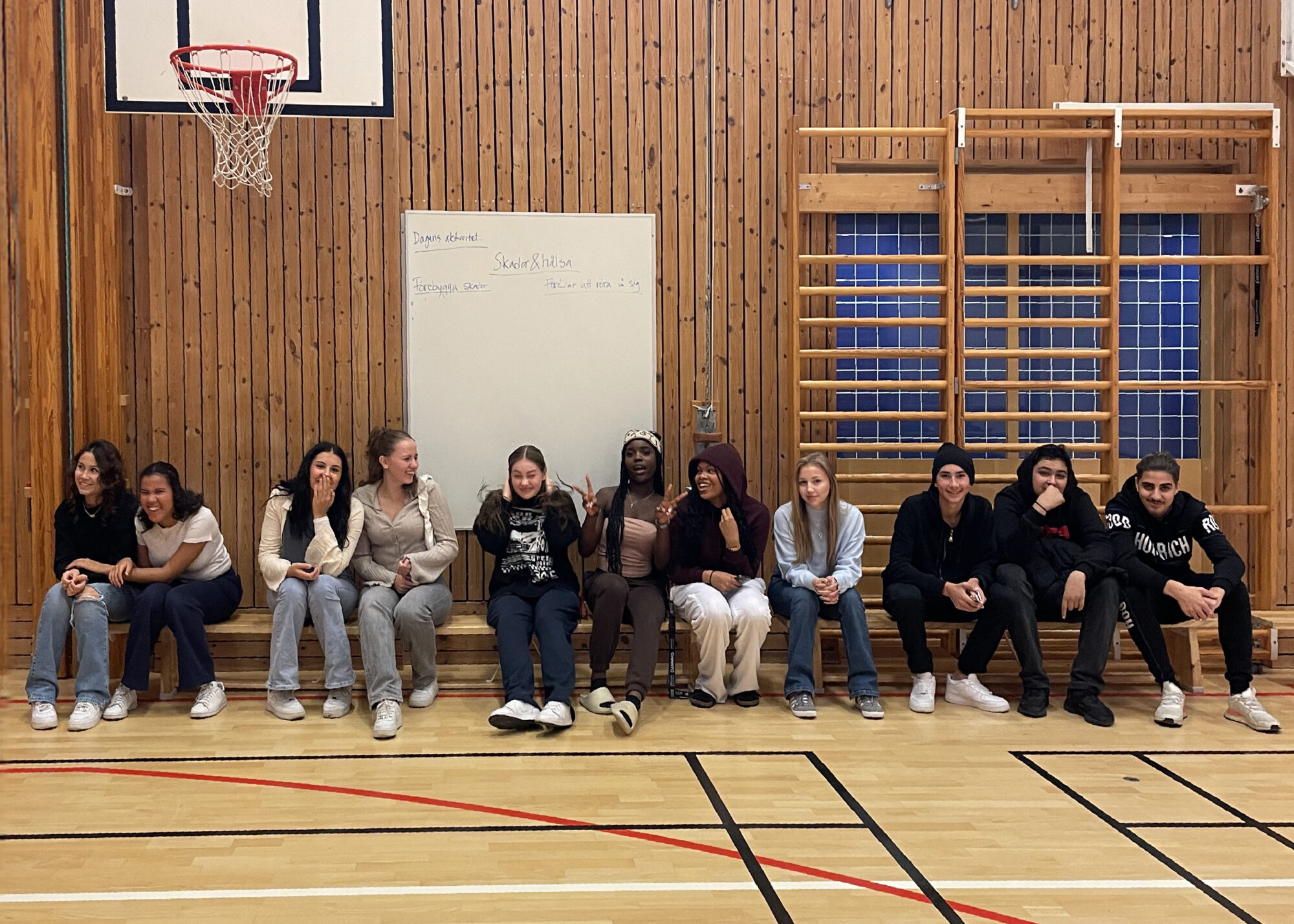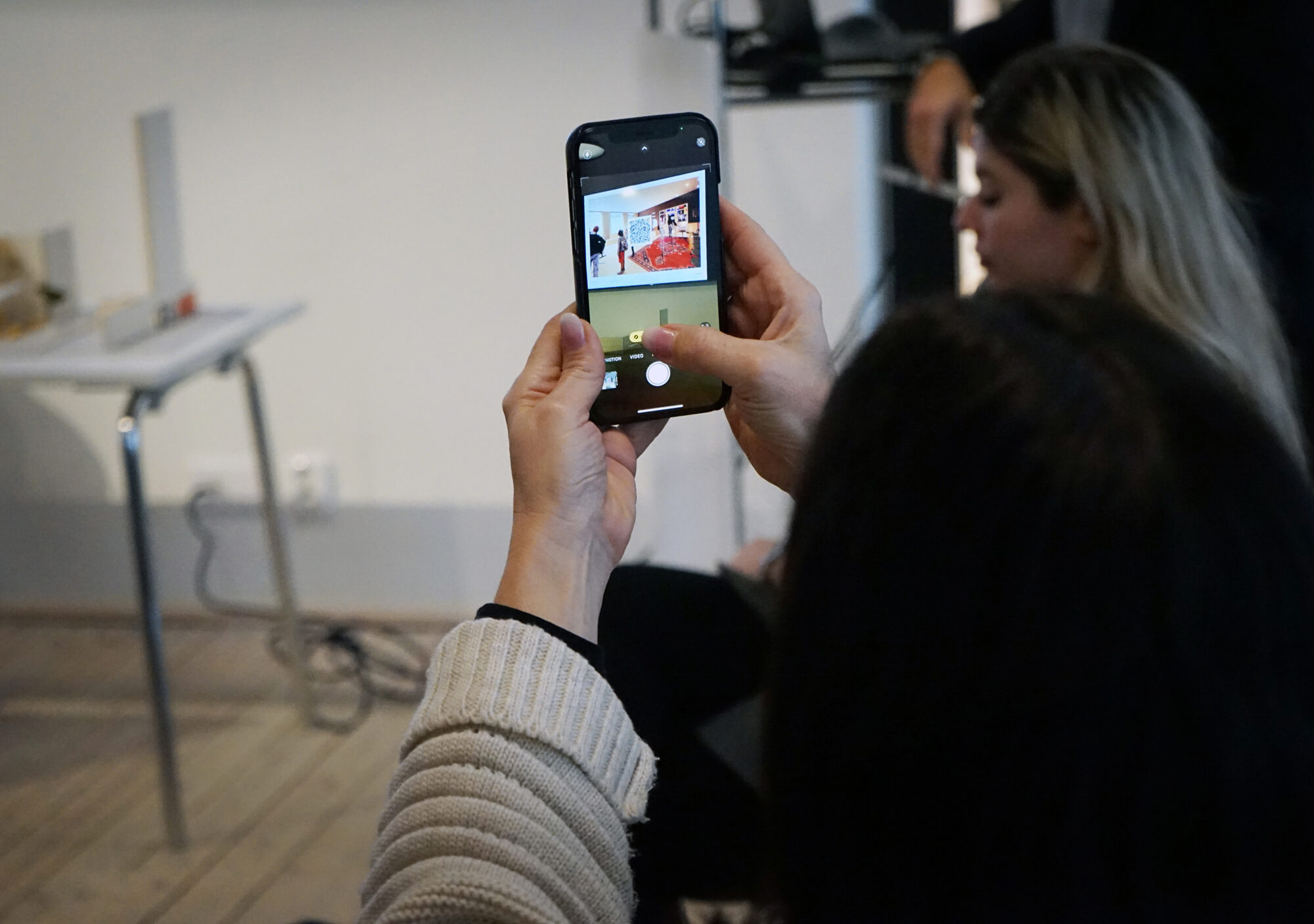2024-02-05
FOJAB helps school pupils influence their local environment
So a dark and dry sports hall could become more lively. And two dead street corners could be transformed into a hassle corner and a chill corner. In FOJAB's office, a group of high school students are presenting their proposals to Malmö's city architect Finn Williams and municipal councillor Stefana Hoti on how to improve their local environment.
When FOJAB moved its headquarters in Malmö to the Möllevången district two years ago, it was important for the architectural firm to also become an active part of the area.
- "There's a lot to like about Möllan, but there's another side too, with social challenges and segregation that we didn't want to ignore," says Haydar Alward, an architect at FOJAB, who together with his colleague Kristina Kember considered how FOJAB could be a positive force in Möllevången.
Open the door to architecture
They ended up with the collaboration project FOJAB + Möllevångsskolan = true. It's about getting young people to discover what can be achieved in a city with the help of architecture and making it easier for children to have an impact. And about opening the door to the architectural profession.
- Not all children in Malmö have the same opportunities to realize their dreams. If you are not privileged enough to have contacts, your dreams can feel very distant. Not everyone needs to become an architect, but everyone should feel that it is possible," says Haydar Alward, who has worked on these issues in several schools and neighborhoods in Malmö, both privately and on behalf of Malmö's city planning office.
Right to be listened to
Kristina Kember is an architect and architectural educator with a particular interest in how to give children a better voice in urban planning processes.
- 'Children have a legal right to be listened to in matters that concern them, including the physical environments in which they live,' she says. But for this to happen in practice, children need to be invited and given tools to help create their living environments.
The children's perspective needs to be included all the way from planning to implementation of projects, Kristina points out:
- Those involved in designing a place want to use and care for it, creating a sense of pride and identity. Children have a lot of clever, creative ideas that adults can't think of, so places are also more unique and work for more people.
Seeing the environment in a new way
Elisabet Niskakari, a librarian at Möllevångskolan, jumped at the chance to collaborate. The idea coincides with the school's compensatory mission and her educational mission as a librarian to increase student motivation. On six occasions, ten pupils from year 9 have met the two FOJAB architects to, as Elisabet Nisikari puts it, activate their eyes.
- We talked about which places we like in Malmö and why, formed high, low, different sized rooms in the courtyard, talked about materials and their different properties," says Haydar.
It didn't take long for young people to start looking at their surroundings in a new way.
- "I had never thought that you can change society through architecture," says Bianca Keza Memari, one of the students. "That you can use color to draw people's attention to a certain place, so that more people see it, and thus make it safer.
In pairs, pupils were asked to choose their own places to look at. They thought about what is good and bad about the place, what works and what doesn't, who uses it, how it feels to be there - and how to make the place better. They have received guidance in sketching their ideas and finding reference images. With the help of FOJAB's model builder Magnus Nilsson, they built models that they then developed in different ways.
Feedback from decision-makers
Throughout the project dialogue has been very important, and that students would have the opportunity to get feedback from and discuss further with those who make the decisions.
The project therefore ends with the pupils presenting their proposals to Malmö's city architect Finn Williams and city planning councillor Stefana Hoti: How the entrances along the street closest to the school can feel safer and become less of a haven for criminal activity. How two boring corners that today are not directly used by anyone can become nice places for the middle school students to hang out, something that is currently missing in the schoolyard. How to use architectural means to make pupils more motivated for sports lessons. In the last proposal, the students wanted to give the music room more of a music studio feel.
QR codes invite the audience to look around the models. The city architect and the municipal councillor for urban development are impressed:
- You convey an important insight: that a place works differently for children of different ages. We architects need to get better at thinking about this and not just say "the child perspective is handled, check it out".
- Here, some would say that surveillance cameras are the solution to insecurity. But you present completely different measures based on what you see people using the place. That's why it's so important that we get your perspective!
- I like the way you talk about "the little extra". As an architect, you often end up having to justify why something should be extra. You convey very well what the details do for the feeling of a place.
Tools to influence
Finn Williams and Stefana Hoti agree that the city needs to get better at capturing children's perspectives. Many children - or adults for that matter - do not know that they have the opportunity to influence. This is where the work done by FOJAB is important, according to Stefana Hoti, by giving students at Möllevångskolan the tools to raise and conduct a dialog on these types of issues.
She promises to try to connect the students at Möllevångskolan with those who have the mandate and opportunity to implement the ideas she has just been presented with. Because it is rarely a single actor, the children are told. It can be private property owners, city properties, the property and street office, the cultural administration ...
- Even if not all of your ideas can be implemented here and now, they may become reality when we build other schools," says Stefana Hoti.
The students are struggling, but not impossible:
- "I think I speak for all of us when I say that the important thing is not that this is done in our school," says Angelina Vargas. "But the best thing you can do for us is to visa that our opinions are important, not just say it.
Everything to gain
Involving children in urban planning has many benefits, says Kristina Kember. 'It gives you confidence to feel that your opinion is important and children become more aware of their rights as citizens.'
- But the built result will also be better. The city will have more site-specific places to meet and move around, it will be more playful, green, safe and cared for. We have everything to gain!
